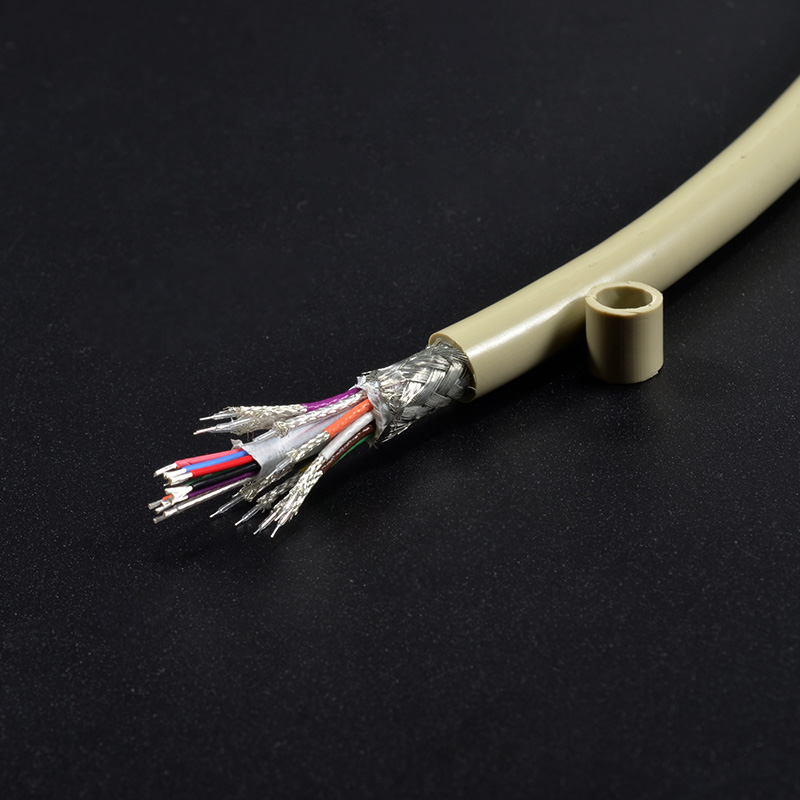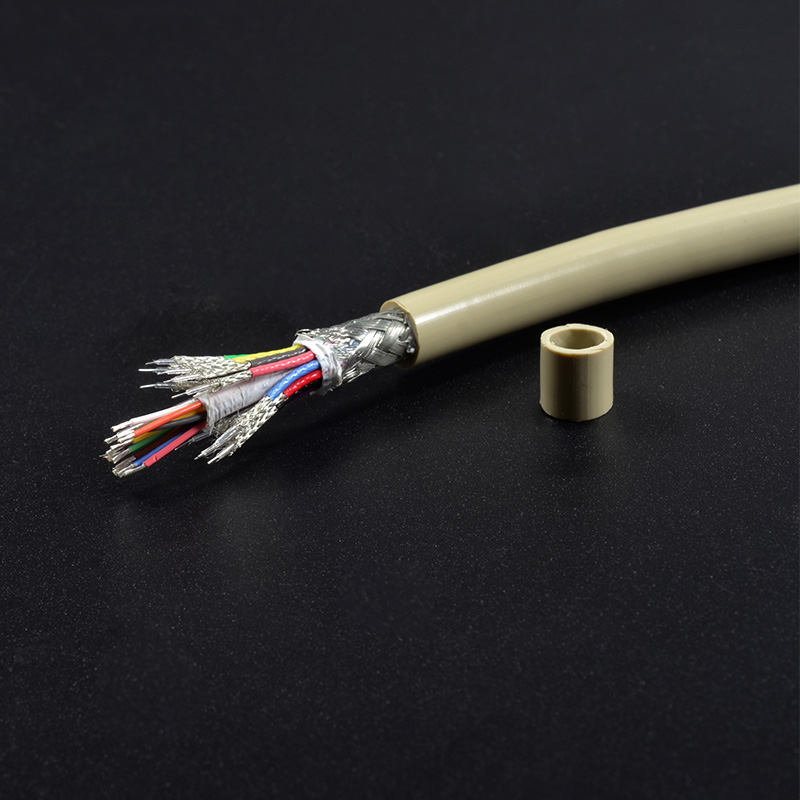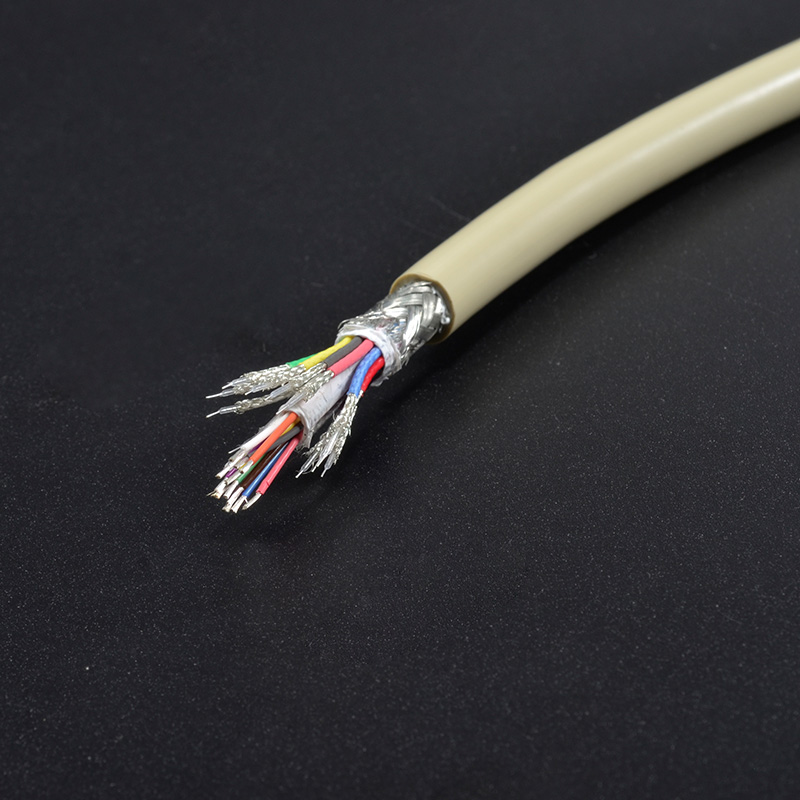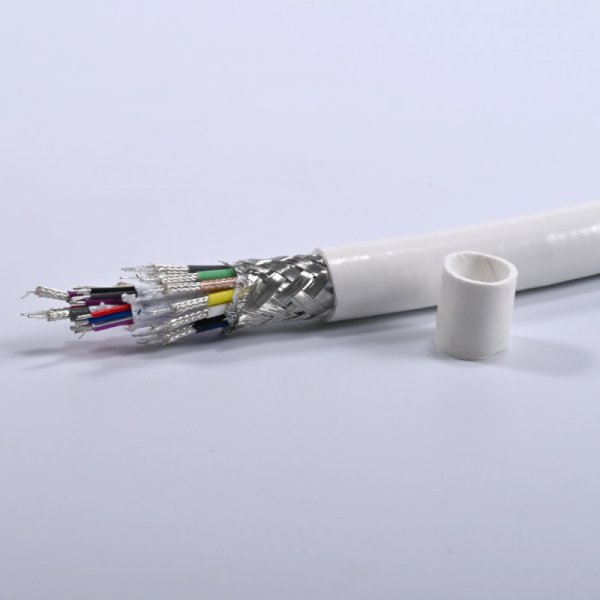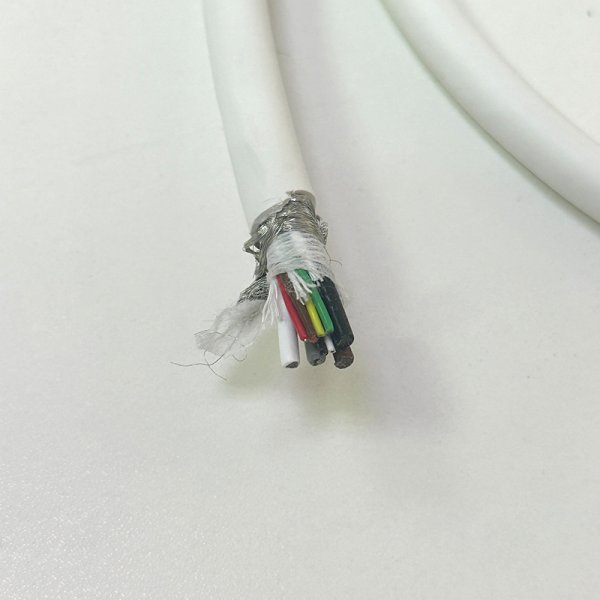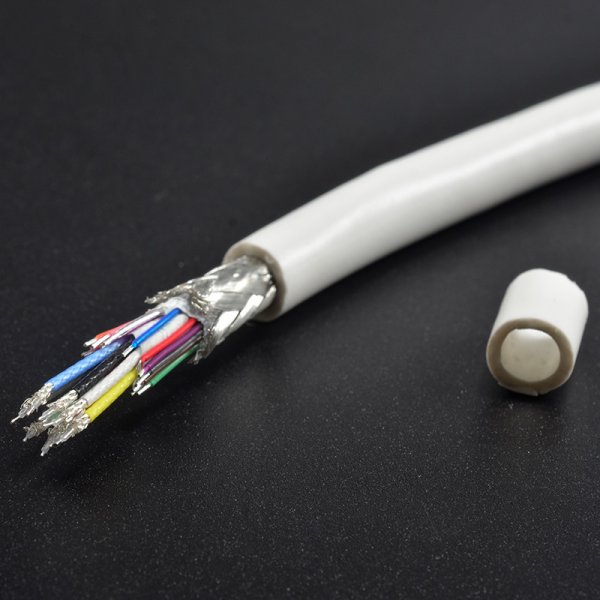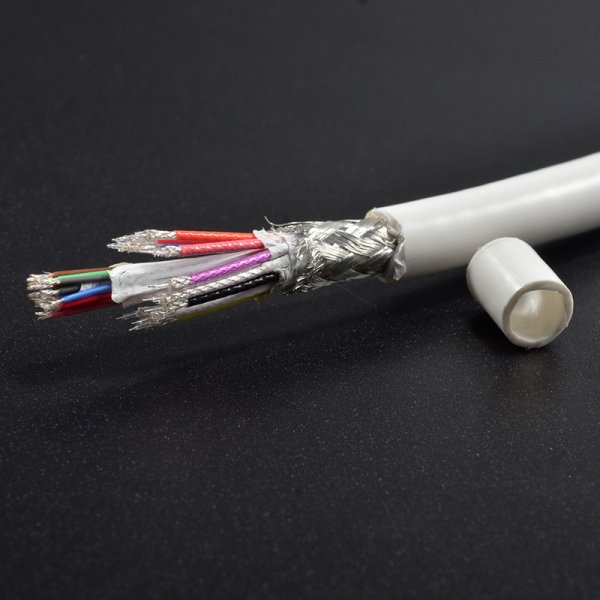The advantages and design considerations of the 24-wire imaging cable for MRI machines with 12 coaxial cables (32AWG) and 12 signal wires (26AWG) can be outlined as follows:
Signal Integrity: Coaxial cables are known for their excellent shielding properties, which help to minimize signal interference and maintain signal integrity. By using 12 coaxial cables alongside 12 signal wires, the cable design ensures reliable transmission of signals with minimal distortion or noise, crucial for high-quality imaging in MRI machines.
Flexibility: The combination of coaxial cables and signal wires provides a balance between flexibility and signal transmission efficiency. The smaller gauge signal wires (26AWG) offer flexibility and ease of installation, while the coaxial cables provide robust shielding for sensitive signals, allowing for versatile cable routing within the MRI machine without compromising signal quality.
Impedance Matching: Coaxial cables are typically designed with specific impedance values (e.g., 50 ohms), ensuring proper impedance matching for RF signal transmission. By using coaxial cables with the appropriate impedance alongside signal wires, the cable design maintains consistent signal characteristics throughout the transmission line, optimizing signal performance in the MRI machine.
Cross-Talk Reduction: The use of coaxial cables helps minimize cross-talk between adjacent signal wires, as each coaxial cable is shielded from external electromagnetic interference. This feature is crucial for preventing signal degradation and ensuring accurate imaging results in MRI applications, where precise signal detection is paramount.
Reliability: Coaxial cables are known for their durability and resistance to external environmental factors such as electromagnetic interference and mechanical stress. By incorporating coaxial cables alongside signal wires, the cable design enhances overall reliability and longevity, ensuring consistent performance over time in the demanding MRI machine environment.
